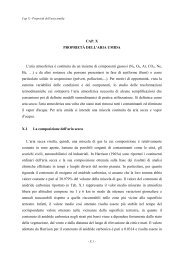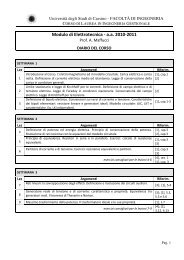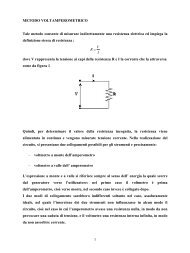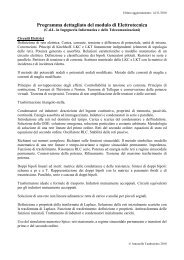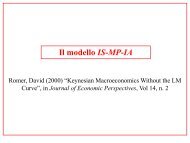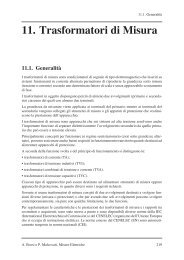Agilent Vector Signal Analysis Basics - Agilent Technologies
Agilent Vector Signal Analysis Basics - Agilent Technologies
Agilent Vector Signal Analysis Basics - Agilent Technologies
You also want an ePaper? Increase the reach of your titles
YUMPU automatically turns print PDFs into web optimized ePapers that Google loves.
Symbol table/error summary<br />
The symbol table/error summary measurement results may be the most<br />
powerful of the digital demodulation tools. Here, demodulated bits can<br />
be seen along with error statistics for all of the demodulated symbols.<br />
For example, reviewing the rms EVM value can quickly help you assess<br />
modulation accuracy. Other valuable errors are also reported. Figure 2-14<br />
shows the symbol table/error summary data for the QPSK signal used<br />
previously. The marker readout shows the values for the highlighted bits<br />
in the symbol table, which represent symbol number 3 and has a value of<br />
2 (a binary value of “10”). Note that this agrees with the two bits per symbol<br />
required by QPSK modulation. The errors table shows the available statistical<br />
and error data for a QPSK modulated signal.<br />
Figure 2-14. The symbol table/error summary data provides the demodulated bits and error statistics<br />
for all the demodulated symbols<br />
We have now covered some of the fundamental modulation measurements,<br />
but there are many more qualitative displays and quantitative measurements<br />
available. You can find more information about them in the References section<br />
at the end of this application note.<br />
35





